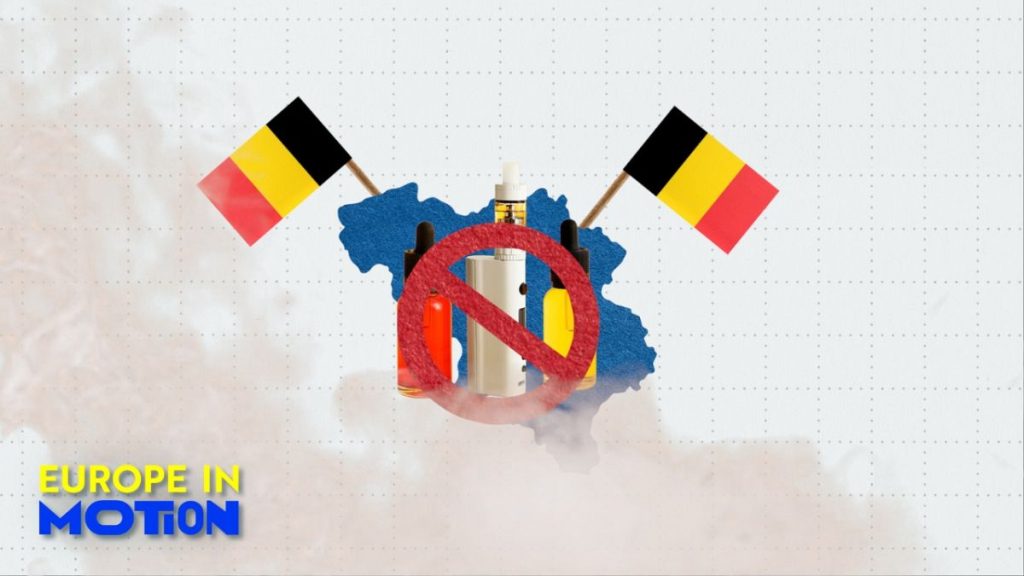The proliferation of electronic cigarettes, or vapes, has presented a complex public health dilemma across Europe. While overall vaping rates remain comparatively low within the EU, there is a stark contrast between overall usage and the prevalence of vaping among younger demographics. Countries like Luxembourg, Estonia, and Czechia report significantly higher youth vaping rates, surpassing 10% and reaching as high as 30% in Estonia for the 15-24 age group. This contrasts sharply with countries like Bulgaria, Austria, and Croatia, where vaping rates hover below 1%. This disparity raises concerns about the targeted marketing and appeal of vaping products to young people, potentially creating a new generation of nicotine addicts despite the marketing narrative promoting vapes as a healthier alternative to traditional cigarettes.
The perceived harmlessness of vaping, often fueled by marketing strategies, is a significant factor in its rising popularity, particularly among young people and those attempting to quit smoking. Experts, however, caution that vaping is not a risk-free activity. Dr. Josef Hamoud of the University Medical Center Göttingen emphasizes the pervasive marketing of vapes as healthier substitutes for traditional cigarettes, contributing to their widespread adoption. While some view vaping as a potential tool for smoking cessation, its efficacy remains debated. Dr. Filippos Filippidis, chair of the European Respiratory Society Tobacco Control Committee, underscores the highly addictive nature of nicotine in vapes and advocates for measures to discourage non-smokers from initiating vaping. He acknowledges the potential role of e-cigarettes in quitting smoking for some individuals but emphasizes the importance of providing comprehensive support to aid cessation, highlighting the concern of dual use (vaping and smoking) undermining quit attempts.
The European Union is grappling with the regulatory challenges posed by the burgeoning vaping industry. Belgium has taken a decisive step, becoming the first EU nation to ban the sale of disposable vapes starting in 2025. This move is predicated on concerns about the environmental impact of discarded vapes and their appeal to young people due to their affordability and ease of use. Ireland is following suit with plans to ban disposable e-cigarettes and restrict vape flavors to tobacco only, further signaling a growing concern about the attractiveness of flavored vapes to youth. These national measures reflect a growing unease within the EU about the potential long-term health consequences of widespread vaping, particularly among young people.
The EU’s collective response to the vaping phenomenon has been slower and more fragmented. Twelve member states have urged the European Commission to expedite previously delayed smoking reforms, including potential bans on flavored vapes and limitations on nicotine content. These proposed regulations aim to curb the appeal of vaping products, especially to young people, by eliminating attractive flavors and reducing the addictive potential of nicotine. The delay in implementing these reforms, now pushed to 2025, has raised questions about the EU’s commitment to its anti-tobacco agenda and sparked concerns about potential influence from the tobacco industry. This delay creates an environment of uncertainty and allows the vaping industry to continue to expand its market share, potentially exacerbating the public health challenges posed by vaping.
The contrasting approaches within the EU, with some countries implementing national bans while others await broader EU-level regulations, highlight the complex nature of the vaping issue. The balance between individual member state autonomy and the need for a unified EU-wide strategy is a key challenge. The delay in EU-level action creates a regulatory gap that could be exploited by the vaping industry, while national bans, like Belgium’s, offer a more immediate response to the perceived public health threat. The effectiveness of both approaches remains to be seen, and ongoing monitoring of vaping rates and health outcomes will be crucial in informing future policy decisions.
The future of vaping regulation within the EU hinges on the European Commission’s response to the calls for stricter controls and the effectiveness of national initiatives like Belgium’s ban. The ongoing debate underscores the tension between individual freedom of choice, the potential for harm reduction through vaping as a smoking cessation tool, and the public health imperative to protect young people from nicotine addiction and the potential long-term health consequences of vaping. The interplay of these factors will shape the regulatory landscape and ultimately determine the future of vaping within the European Union. The effectiveness of these measures will require rigorous evaluation and adaptation to address the evolving nature of the vaping market and the ongoing scientific understanding of its long-term health implications.














